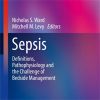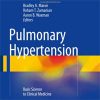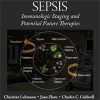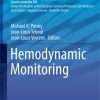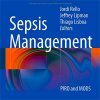The Value of Decreasing the Duration of the Infectious Period of Severe ARDS COVID-19 Infection
journals.plos.orgFinding medications or vaccines that may decrease the infectious period of severe acute respiratory syndrome coronavirus 2 (SARS-CoV-2) could potentially reduce transmission in the broader population.
We developed a computational model of the U.S. simulating the spread of SARS-CoV-2 and the potential clinical and economic impact of reducing the infectious period duration.
Simulation experiments found that reducing the average infectious period duration could avert a median of 442,852 [treating 25% of symptomatic cases, reducing by 0.5 days, reproductive number (R0) 3.5, and starting treatment when 15% of the population has been exposed] to 44.4 million SARS-CoV-2 cases (treating 75% of all infected cases, reducing by 3.5 days, R0 2.0). With R0 2.5, reducing the average infectious period duration by 0.5 days for 25% of symptomatic cases averted 1.4 million cases and 99,398 hospitalizations; increasing to 75% of symptomatic cases averted 2.8 million cases.
At $500/person, treating 25% of symptomatic cases saved $209.5 billion (societal perspective).
Further reducing the average infectious period duration by 3.5 days averted 7.4 million cases (treating 25% of symptomatic cases).
Expanding treatment to 75% of all infected cases, including asymptomatic infections (R0 2.5), averted 35.9 million cases and 4 million hospitalizations, saving $48.8 billion (societal perspective and starting treatment after 5% of the population has been exposed).
Our study quantifies the potential effects of reducing the SARS-CoV-2 infectious period duration.



